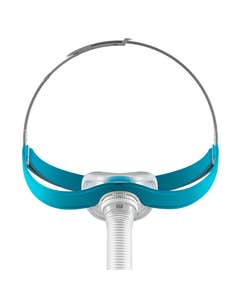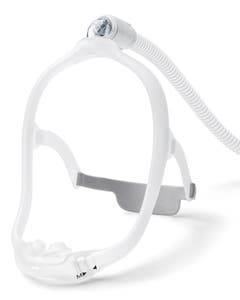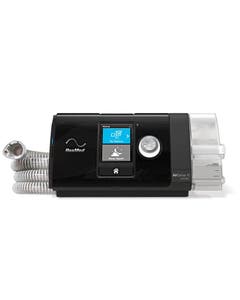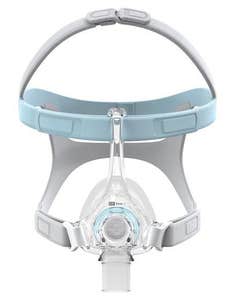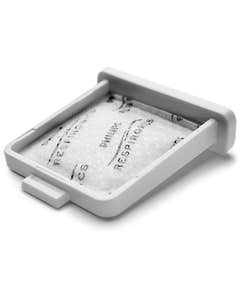Positional Therapy for Sleep Apnea
While CPAP therapy remains the gold standard for treating obstructive sleep apnea, there are other methods for managing this common sleep disorder. Positional sleep therapy is an easy way to help improve your sleep and reduce the frequency of apneas throughout the night. Positional therapy may even eliminate the need for CPAP entirely.
What is Positional Sleep Therapy?
To understand positional sleep therapy, we must first understand obstructive sleep apnea (OSA). OSA occurs when the muscles in the back of the throat collapse, blocking the airway and preventing oxygen from flowing through the body. In severe cases, these obstructions can occur more than 30 times per hour.
In less severe cases, however, some patients may only experience apneas while sleeping on their back. This is known as positional obstructive sleep apnea. Positional sleep therapy modifies your sleeping position to minimize apneas (periods of paused breathing). By having patients turn to sleep on their side, normal breathing patterns can resume.
How Does Positional Sleep Therapy Work?
Once a corrective sleep position is identified, your sleep doctor may recommend any number of devices to ensure you maintain that position all night long.
A common form of treatment is a wedge, or a tennis ball cut in half and secured to the back of a shirt. As the patient rolls to their back, the device produces pressure, causing them to transition back into the ideal sleeping position.
More hi-tech devices, such as the Lunoa NightBalance, will gently prompt users to maintain their sleep position with vibrations. Lunoa offers several vibration levels and learns which ones are most effective at providing therapy without waking the user.
Downsides to Positional Sleep Therapy
While positional sleep therapy works for some, others may find it less helpful. Some patients with orthopedic issues in their hips or joints will be unable to sleep continuously on their side.
Unlike CPAP therapy, positional sleep therapy is not trackable. You can never capture the essential data to know for sure if your altered sleeping position is actually decreasing sleep apneas over time. Additionally, with products such as memory foam mattresses becoming more common, simple devices such as wedges are not as effective as they once were.
Using CPAP Therapy to Treat Positional OSA
If positional sleep therapy has been ineffective, or you are unable to maintain an ideal sleep position, CPAP therapy is the next step in treatment.
A CPAP machine provides pressurized air to your airway in order to keep it open throughout the night. With innovative features such as auto-adjusting air pressure, heated tubing and humidification, and minimal contact masks, CPAP therapy is more comfortable than ever – no matter how much you toss and turn.
Other Methods for Managing Sleep Apnea
There are other personal changes you can also make that can improve your sleep.
Weight Management
Carrying extra body weight contributes to sleep apnea. A thicker neck due to obesity can cause extra tissue in the throat to block your airway at night. Maintaining a healthy weight can help minimize sleep apnea symptoms.
Lifestyle Changes
Habits such as smoking or drinking alcohol aggravate sleep apnea symptoms. Nicotine is an irritant that causes swelling in the nose and throat, which can increase apneas. Alcohol relaxes the throat muscles which can cause your airway to close at night.
By quitting smoking and limiting alcohol consumption, especially around bedtime, you can more effectively manage your OSA and wake up rested.
At The CPAP Shop, our expert customer care team is here to answer all of your questions. Feel free to give us a call at 866-414-9700 or email us at questions@thecpapshop.com.
This post was originally published on October 27, 2020 and updated on October 16, 2023.




